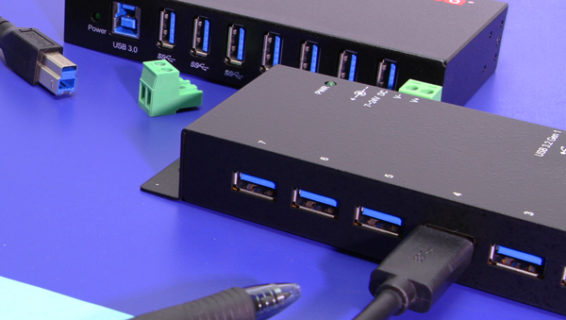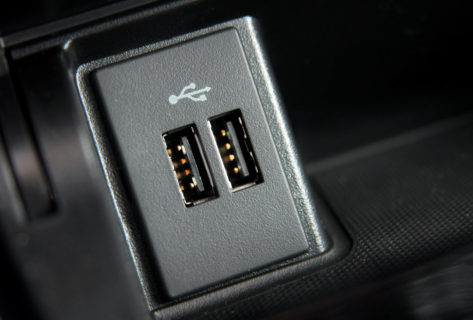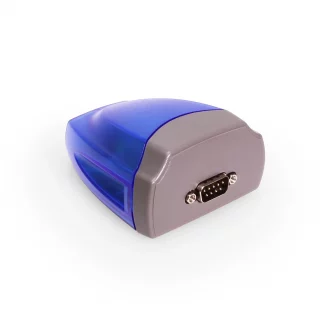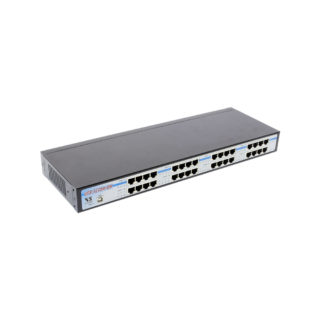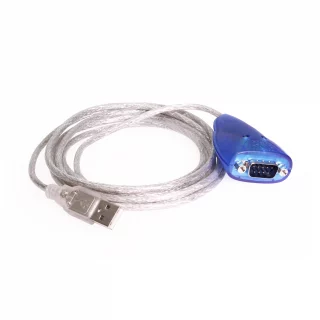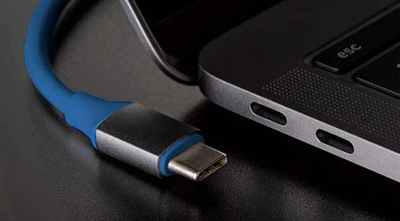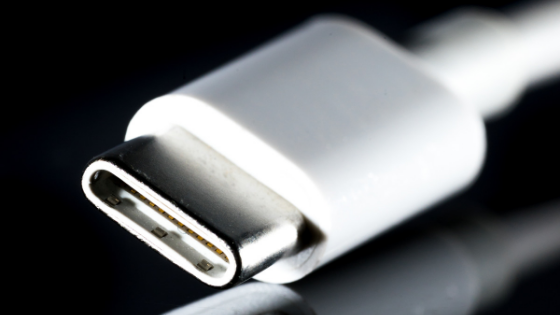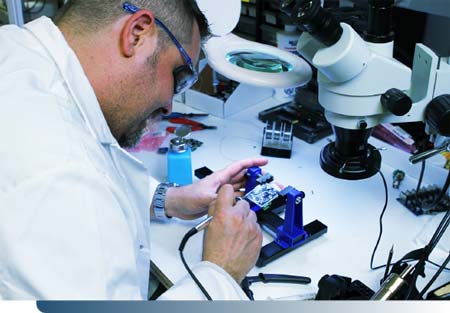Providing sufficient healthcare in prisons has always been a special challenge for law enforcement and prison staff because running a prison involves a variety of overlapping responsibilities. On one hand, it’s important to make sure all prisoners remain healthy in terms of diet and exercise, treatment for illnesses, and addressing long-term medical conditions like diabetes or cancer. On the other hand, there is always a certain amount of risk involved in bringing providers to the facility. Many healthcare providers are uncomfortable working inside prisons because of this increased risk, making it a constant effort for prisons to keep healthcare visits scheduled regularly and increasing the expense of bringing doctors in.
Unfortunately, any hurdle involved in bringing doctors into the prisons can cause delays and gaps in healthcare. There are many times when a prisoner is sick or injured and a doctor simply is not available and won’t be around for another few days.
Prison Healthcare Has Been Ailing
All this has culminated into a terrible scarcity of available healthcare providers for prisons. It’s difficult for prisons to find doctors who are willing to do the job and often they wind up sharing, with doctors driving hours between locations to see a few dozen patients every couple of days. This is hard on the prisoners who can’t get the medical attention they need, hard on the few overworked doctors who are willing to work in prisons, and hard on prison budgets to afford those few helpful professionals. Fortunately, the recent tech trend of telemedicine is changing the way medical professionals can interact with prisons to create a much more complete healthcare plan for prisoners. Telemedicine reduces the necessity of in-person visits by making it possible for prisoners to have face-to-face consultations, checkups, and even have local procedures overseen by ranking doctors without the travel time and expense of in-person visits.
What is Telemedicine?
Diagnosis and treatment is something that cannot be done purely over the phone. Often, human language and our ability to communicate concepts simply aren’t efficient to convey medical truths like exactly what color a wound has turned or how much an injury has swollen. Remote consultations almost always result in the doctor deciding that they need to take a look at you after all. Because of this, prisons have been limited to providing periodic in-person treatment for centuries but the age of video chat has made it possible to do things differently with telemedicine. Doctors can now take a look at their patients, listen to their voices, and get qualitative diagnostic information without leaving their practice offices.
Live Video Checkups
Telemedicine is the ability to examine and converse with patients over a live video call. Because cameras, microphones, and internet reliability have all improved drastically in the last ten years, doctors can now provide the vast majority of their routine care duties remotely. With the help of on-site staff, they can even complete comprehensive examinations and assist in recommendations and treatments.
Rising Trend in Medicine
Telemedicine has become a popular rising trend as doctors and patients simultaneously realize that they can use advancing communication technology to achieve a large number of checkups quickly and efficiently across multiple prison facilities through remote appointments. Doctors can take a look at injuries, inspect swollen lymph nodes, and make definitive medical recommendations for the on-site staff to administer all through modern communication software that any modern teenager or business professional would recognize and understand.
Expansion of Technology
Some telemedicine practices are also already advancing to better tools for remote examination and methods for on-site and remote healthcare providers to collaborate. Healthcare equipment made to send wifi signals or mobile apps that interact with telemedicine platforms continue to move the cutting-edge of remote healthcare forward.
Providing Better Care for Prisoners
Most prisons don’t have a full-time doctor and instead hire one to make visits a few days out of each week, often sharing with other nearby prisons. There may be medically trained staff on-hand, but a prisoner who gets sick or injured will need to wait in the infirmary, sometimes for days, before a real doctor can see them and seeing a specialist is even more difficult to arrange. With telemedicine, both delay of treatment and unavailability of doctors is a much lower risk.
As telemedicine networks form, there may always be a few doctors on call in case of a remote emergency that could use expert examination and advice. Telemedicine essentially removes the logistical, safety, and travel concerns from traditional prison healthcare methods, particularly for regular check-ups and emergency response. Prisoners can now be seen by a doctor faster, receive treatment recommendations, and be on their way to recovery in the time it used to take to just get a doctor out to the location for an examination.
Prison Telemedicine From the Doctor’s Point of View
Of course, the prisoners aren’t the only ones benefiting from telemedicine. Because internet communication isn’t limited by distance, now a much larger pool of doctors are able to take prison physician roles, at least in a fully remote capacity. Local doctors who still make the necessary in-person visits can augment their trips with regular check-ins from the office. Those who live further away can help to provide more constant and on-demand care through remote consultation. Telemedicine may even open the doors to medical student volunteers helping with remote prison consultations for early career experience.
When the state takes responsibility for a prisoner, they also accept responsibility for any health problems that occur during their imprisonment. Telemedicine allows prisons to provide quality healthcare and regular checkups even though they have faced doctor shortage problems in the past. With zero personal risk or even drive time, more doctors will be able to contribute to prison health programs and patients will have greater access to the care that they need.
Telemedicine is already becoming increasingly popular both in prisons and throughout the healthcare industry. From checking in on elderly patients aging at home to vacation check-ups with the home doctor to emergency consultations with prisoners, telemedicine has a lot of promise for the healthcare communities.
For more insights into the current technological innovations in medicine and the future of medical technology, contact us today!



